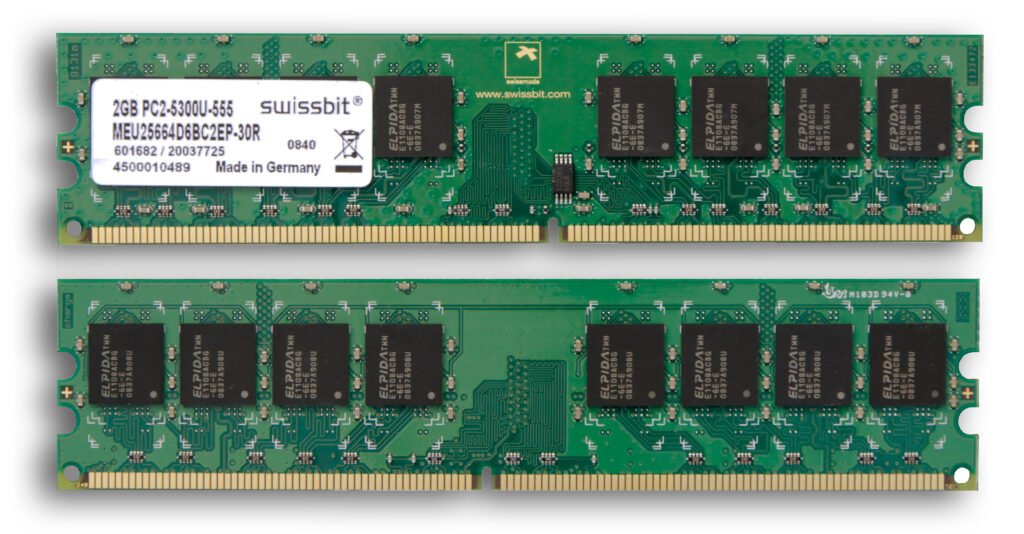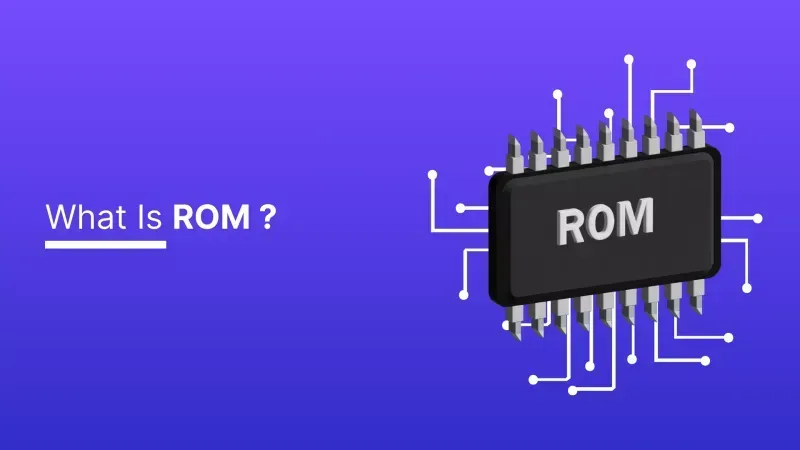What is the Difference Between RAM and ROM?

When talking about computers, two types of memory often come up: RAM and ROM. Even though they sound similar, they serve very different purposes.
-
RAM (Random Access Memory)
-
RAM is the temporary memory your computer uses while it’s running.
-
It stores data that your computer needs to access quickly, like open programs and active files.
-
RAM is volatile, meaning everything stored in it disappears when you turn off your computer.
-
More RAM generally means a faster and smoother computer experience.
-

ROM (Read-Only Memory)
-
-
ROM is permanent memory that holds important instructions your computer needs to start up, like the BIOS (Basic Input/Output System).
-
Unlike RAM, ROM is non-volatile, meaning its data stays even when the computer is powered off.
-
ROM is not meant to be changed or edited frequently by the user.
-
In Short:
-
RAM is like your computer’s short-term memory, always changing while you work.
-
ROM is like your computer’s instruction manual, staying the same to help your system boot and function.

